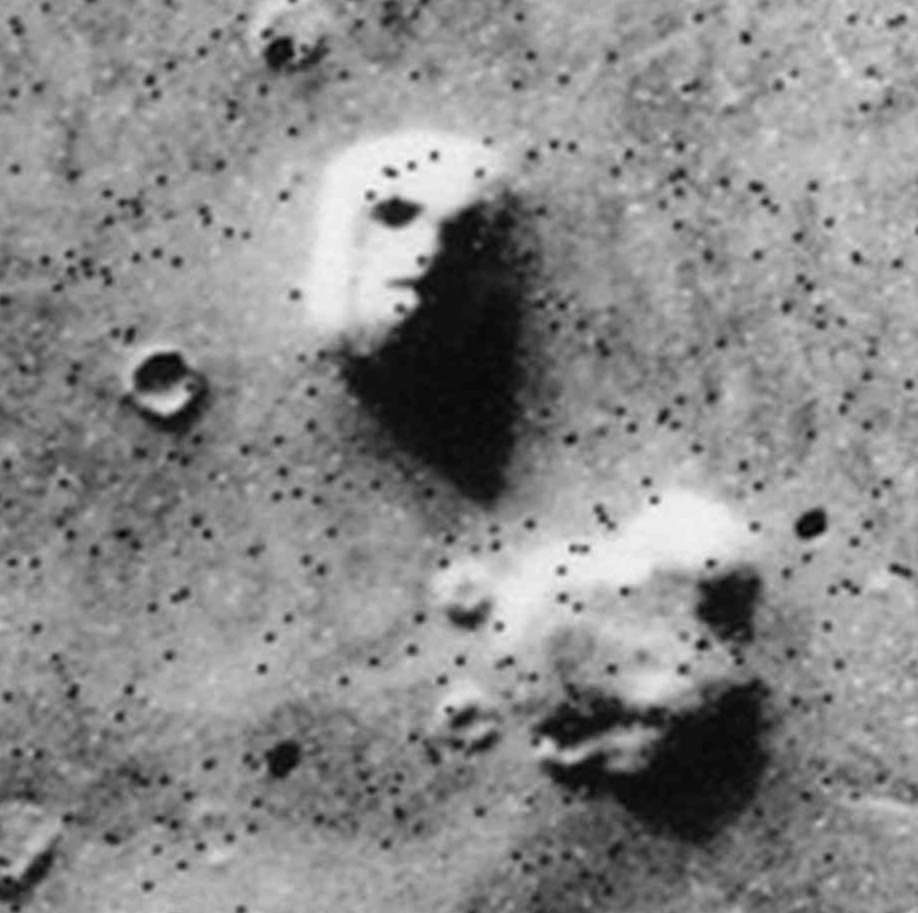Communicating with Martians: Early 20th century musings on our interplanetary neighbours
This is an abridged version of an article on my website weirdaustralia.com.
In 1877, Italian astronomer Giovanni Schiaparelli observed through his telescope long straight lines running across the equatorial regions of the Red Planet. He called these canali and they appeared to be confirmed later by Irish astronomer Charles. E. Burton who made some of the first drawings of these “canals”. Schiaparelli’s discovery caused a sensation. If there were canals carved into the Martian landscape, who were the engineers?
Unfortunately, Schiaparelli’s bubble soon burst as later observations indicated these canals to be mere optical illusions. But, optical illusions aside, the Mars canals had opened the floodgates to speculation on our interplanetary neighbours.

Exploring the lands of Mars in a cigar-shaped vessel
On 10 March 1902 A Martian Society was published in Adelaide’s The Advertiser announcing that Mr Will Redman had founded The Martian Scientific, Literary, and Debating Society.
In his inaugural address, Mr Redman expressed his belief that we would soon be communicating with our interplanetary neighbours.
“This society is to have as an object … furthering the idea of interplanetary communication with Mars … Does not the success of science make it probable that, in the near future, interplanetary communication with other worlds than ours, will be an accomplished fact; that some cigar-shaped vessel, launched by the explosive power of cordite… will voyage to the other world to explore the lands of Mars?”
There was further speculation in the same newspaper in October 1909 in Martian Communications with a Professor Pickering suggesting that communicating with Mars was merely “a question of elementary mathematics” and that it could be worked out “by any astronomer in less than a quarter of an hour”.
He then went on to work it out: “When Mars is a hundred millions of miles from the earth a signal made by a beam of light half a mile square would appear to the Martians as a star of the fifth magnitude.”
Perhaps even more outlandish was the idea of contacting the Martians as proposed by one writer who suggested that: “At regular intervals and for considerable periods of time the dark side of the earth is turned to Mars. So, if a hole were pierced through the earth a beam of sunlight might be allowed to pass, and if intelligently interrupted would form a code of signals.”
The writer did acknowledge, however, that there were some practical issues in relation to drilling a hole through the earth that would first have to be addressed.
Wireless messages and psychic communications
In Hobart’s Mercury on 24 October 1928 it was reported in Those Martian Neighbours that Mr Robinson of London intended to send a wireless message from Britain’s most powerful wireless station to the Martians when the planet was at its closest proximity to Earth.
A fine idea, but how could he be assured that the Martians would correctly interpret his messages?
Mr Robinson’s answer was simple. He had had “psychic communication with Martians, and they will understand his signals”.
If Mr Robinson had indeed had “psychic communication” with the Martians then one wonders why he would then need to go to the trouble of sending wireless messages.
A Sydney man was thinking a little more practically.
He simply took a “psychic visit” to Mars and was able to enlighten The Mercury’s readers with the following description of our interplanetary neighbours.
“I can see them now tall, well-proportioned men and women, all dressed in vivid blue robes, and served by a most wonderful machine, unlike any machine I have seen on earth. Their language consists of a series of ululations [high-pitched sounds], similar to whistling. Their ears are enormous, and unevenly crinkled, but I differ from others in declaring that all Martians have well-developed trunks, which they use for conveying food to the mouth, and talking.”
Further speculation on What the Martian is Like appeared in Broken Hill’s Barrier Miner on 17 January 1908 offering the following speculation on the physical attributes of the Martian:
“He could run 100 yards in three or four seconds; he could leap with playful ease over a moderately high tree; he could kick a football a quarter of a mile. Because of the lesser attraction of gravitation, he must be at least three times as large as the average human being, and his muscles 27 times more efficient than ours."
Read the full article on Communicating with Martians: Early 20th century musings on our interplanetary neighbours here.